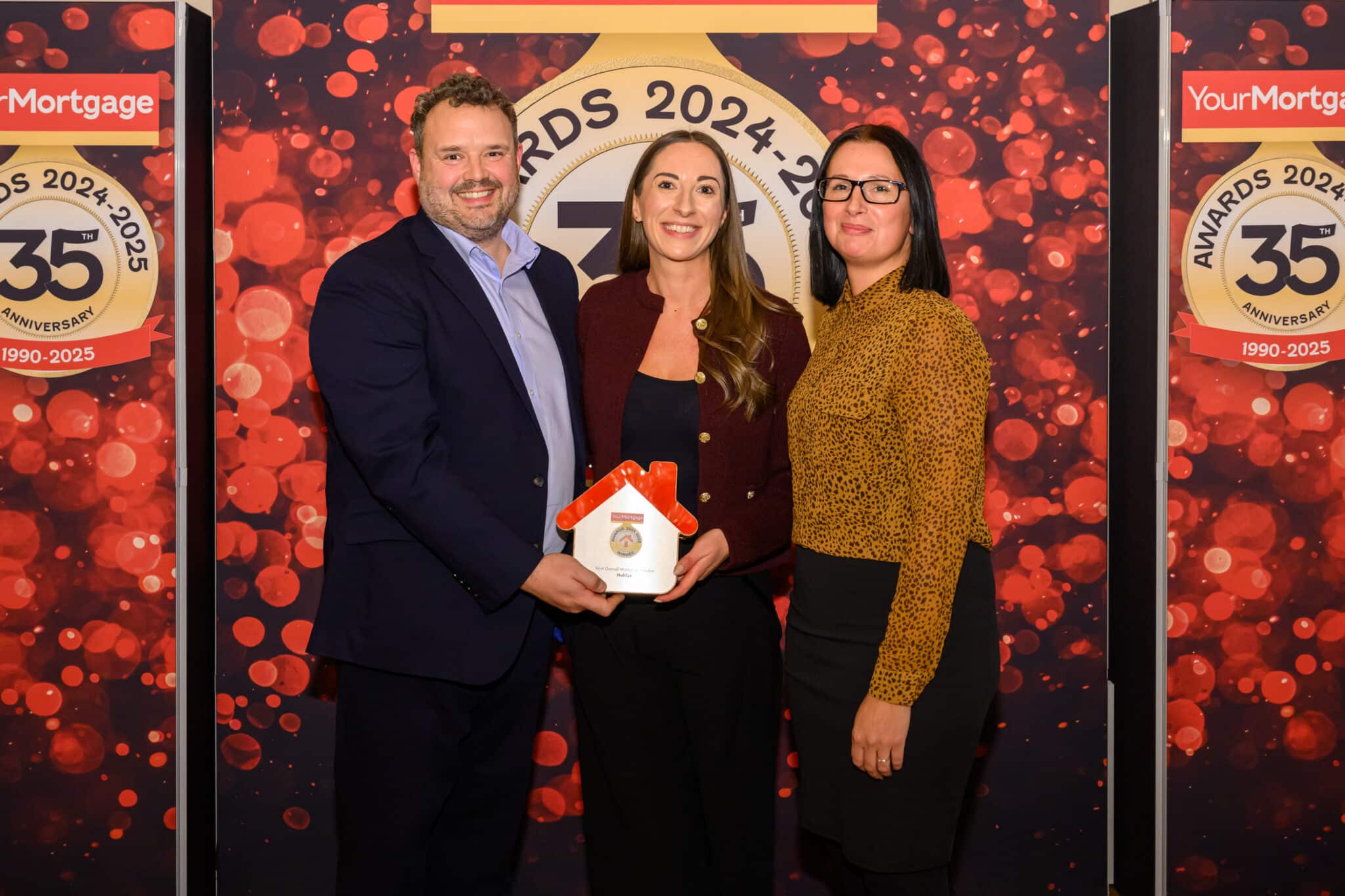Government Help
Huge rise in purchases using Help to Buy scheme

Homeownership schemes offer a boost onto the housing ladder, but make sure you understand all the terms and conditions
Help to Buy equity loans have seen a marked boost, according to the latest figures.
In the second quarter of this year, between 1 April and 30 June 2021, 10,824 properties were bought with an equity loan, according to the Department for Levelling Up, Housing and Communities.
This marked an increase of 85% from the same period in 2020.
In the year to the end of June 2021, there were a record 60,634 homes bought using Help to Buy equity loans.
In total, since the scheme began on 1 April 2013, 339,347 properties have been sold through Help to Buy: Equity Loan, using a total value of equity loans of £20.9 billion.

Your Mortgage Awards 2024/25: winners revealed
Sponsored by Your Mortgage Awards
These equity loans supported the purchase of £94.4 billion worth of property.
Sarah Coles, senior personal finance analyst at Hargreaves Lansdown, said: “Runaway house prices mean government schemes for homebuyers are more valuable than ever. But when it comes to the Help to Buy equity loan scheme, they’re more expensive than ever too.
“Government schemes have provided a vital leg up for buyers as prices climbed this past year. However, anyone considering the Help to Buy equity loan scheme needs to be aware that rising prices could also make their loan eye-wateringly expensive further down the line.
“The 12 months to the end of June saw the highest number of help-to-buy loans on record. With house prices rising out of sight, property deposits rose out of reach, and the loans helped close the gap, so that buyers only had to find the first 5% of the deposit. But while rising prices made this scheme more popular, they also made it far more expensive, and people need to understand the costs involved.”
Coles explained that, when the loan is eventually repaid to the government, the amount that needs to be paid back depends on the value of the house at that time. If you borrow 20% of the purchase price, you repay 20% of the value when you eventually remortgage, so when prices rise, so do your repayments.
She continued: “If you borrowed 20% from the government to buy the average property in June 2015, and then you repaid the loan in June 2020, you’d have had to pay back £7,581 more than you borrowed. The rising market in the past 12 months means that someone doing the same a year later would have had to repay £10,557 more than they borrowed – so the rising market cost them almost £3,000.”
